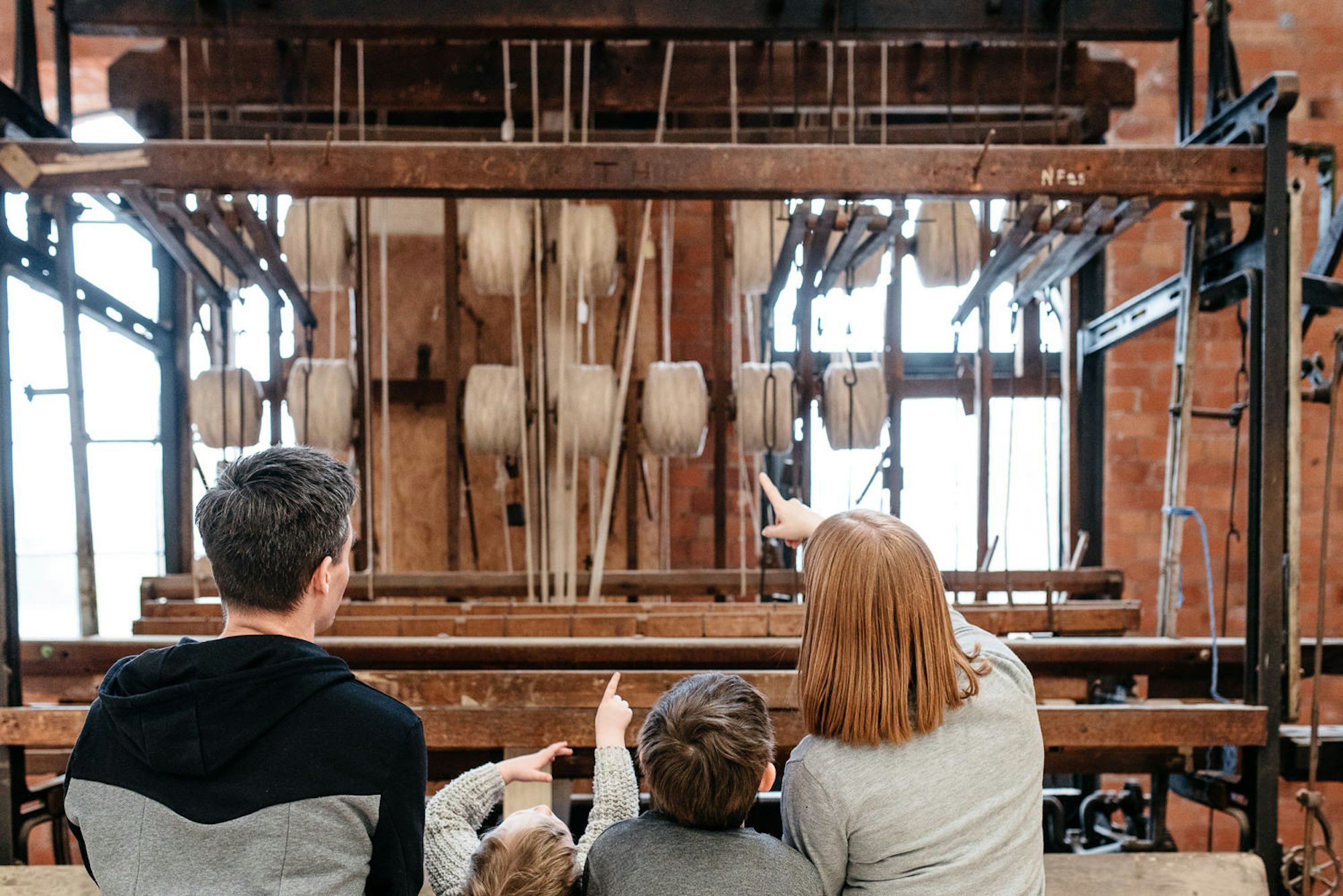Stories / How to guides /
Guide to Water Jet Cutting
An overview production guide to the essentials of water jet cutting

Slicing through almost any material with incredible precision is water jet cutting. It's a digital fabrication process that people tend to discover when the laser cutter just isn't strong enough to get through a material, or items need to be produced on a large scale (the average bed size is 4m x 2m). Discovered back in the 1930's, water jet cutting in Scotland can now be found at a number of fabricators across the country who use it for industrial pieces to public art work.
This Guide to Water Jet Cutting was written by Geoff Lockett who runs Jet Cut in Glasgow
Technical Overview
Water Jet Cutting or Abrasive Water Jet Cutting is a process used widely throughout manufacturing for providing accurate high quality profiles cut from virtually any material. Abrasive Water Jet Cutting machines have the ability to cut virtually all materials from 1mm to 150mm thick varying in size from the intricate up to a 4m by 2m profile.

The concept of Water Jet Cutting was first conceived in the 1930s, however, it was not until the late 1970s that various advances in the technology of high pressure water pumps combined with the nozzle research of Dr Mohamed Hashish allowed a company called Flow Industries to make Water Jet Cutting commercially viable. In the 1990s further developments by Flow combined CNC technology with a Motion Control System in OMAX software which greatly improved the accuracy of the cut in corners and detail, while also making the technology compatible with common PCs.
Jet Cutting machines have either 50hp or 100hp water pumps which supply the water at 60,000 Psi (pressure in pounds per square inch) to the twin cutting heads. At the cutting head the water is forced through a diamond, ruby or sapphire orifice (0.254 diameter). At this point the abrasive (garnet sand from India or Australia) is added and the combined jet travelling at approximately three times the speed of sound, is directed by the nozzle onto the subject material.

Capabilities
- Water Jet Cutting can cut all metals, synthetics, rubber, foam, tiles, stone, glass (except toughened glass) & wood from 1mm to 150mm thick, and from sheet sizes up to 4m x 2m.
- The tolerance/accuracy ranges from 0.2mm to 0.5mm depending on the thickness and type of material.
- The kerf/width of cut is approx 1mm, therefore there is minimal wastage of material.
- The taper is less than 1 degree.

Image: A tile mosaic by Alasdair Gray & Nichol Wheatley
Advantages to Water Jet Cutting
- Very accurate for cutting profile shapes.
- No heat
- Very versatile (Water Jet Cutting can cut virtually any material).

Image: Foot shape cut from 30mm Stone Composite
Applications
Water Jet Cutting is very popular with general metal manufacturers, fabricators and precision engineers. However, it is equally popular with metal and glass sculptors, product designers, architects, tile specialists and innovators. It is used for large scale public artworks by artists such as Rob Mulholland; through to small objects, such as Rachel Elliot's glass etched foxes.

Rob Mulholland’s Sculpture at the Bridge of Earn Round-a-bout

Image: A glass fox by Rachel Elliott
How to start using Water Jet Cutting
Water Jet Cutting machines are CNC controlled and therefore require CAD drawings to operate. For company's such as Jet Cut, the ideal scenario is to be given either an AutoCAD 2007 (.dwg) or AutoSketch 2004 (.dxf) 2D electronic drawing along with the material type and specifications/thickness required. We would then either buy in the required material or use material supplied by the client. We then convert the drawing file into an appropriate CNC file and get cutting. Alternatively we can work from PDFs; hard copy 2D drawings with the appropriate measurements or copy existing parts using our technical drawing skills.

This production guide was written by Geoff Lockett who is the director of Jet Cut
You can have a look at their listing on Make Works here
Enjoyed this Guide to Water Jet Cutting and fancy reading another Make Works production guide? Check out our guide to 3D Printing

Categories
How to guides
Related stories
Guide to Printmaking
Guide to Leather
Guide to Ceramics
Guide to Jewellery production
Guide to Ceramics - part two



